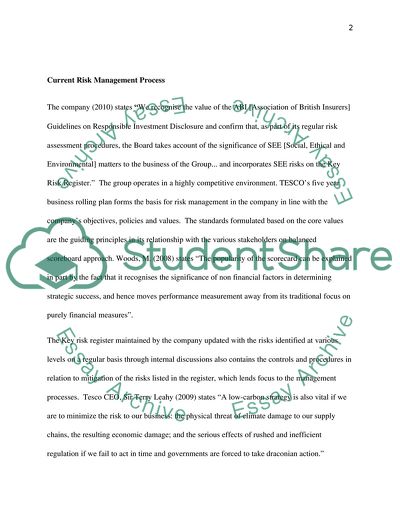Cite this document
(“Risk management and Planning in Tesco plc Essay - 1”, n.d.)
Risk management and Planning in Tesco plc Essay - 1. Retrieved from https://studentshare.org/miscellaneous/1577159-risk-management-and-planning-in-tesco-plc
Risk management and Planning in Tesco plc Essay - 1. Retrieved from https://studentshare.org/miscellaneous/1577159-risk-management-and-planning-in-tesco-plc
(Risk Management and Planning in Tesco Plc Essay - 1)
Risk Management and Planning in Tesco Plc Essay - 1. https://studentshare.org/miscellaneous/1577159-risk-management-and-planning-in-tesco-plc.
Risk Management and Planning in Tesco Plc Essay - 1. https://studentshare.org/miscellaneous/1577159-risk-management-and-planning-in-tesco-plc.
“Risk Management and Planning in Tesco Plc Essay - 1”, n.d. https://studentshare.org/miscellaneous/1577159-risk-management-and-planning-in-tesco-plc.


